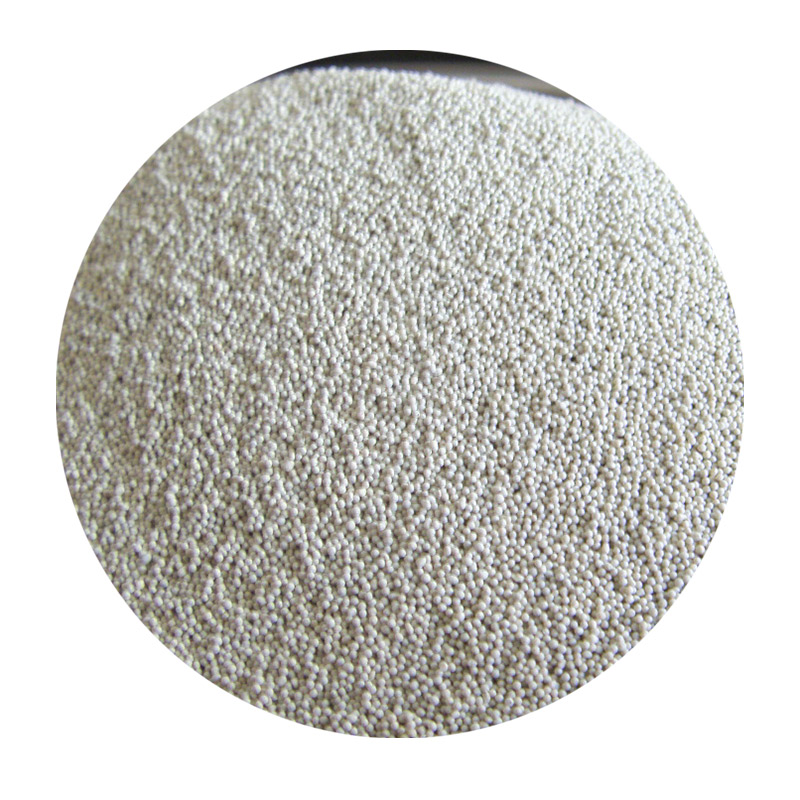Understanding the Cost of Resin Coated Sand
Resin coated sand has become a staple in the foundry industry due to its exceptional properties, which enhance the quality of castings and improve the overall efficiency of the metal casting process. As industries continue to evolve and demand higher quality materials, understanding the pricing dynamics of resin coated sand is crucial for manufacturers and suppliers alike.
What is Resin Coated Sand?
Resin coated sand is a type of sand that has been treated with a thermosetting resin, typically phenolic or furan resin, to improve its bonding capabilities and heat resistance. This specialized sand is used primarily in the production of molds and cores for metal casting. Its unique properties allow for finer detail and smoother finishes in cast products, making it increasingly popular in various sectors, including automotive, aerospace, and machinery.
Factors Influencing Prices
The pricing of resin coated sand is influenced by several key factors
1. Raw Material Costs The primary ingredients in resin coated sand are silica sand and resin. Fluctuations in the prices of silica and resin directly impact the final cost of the product. For example, rising costs of crude oil can lead to increased resin prices, subsequently affecting overall manufacturing costs.
2. Production Processes The method of production can also play a significant role in pricing. Different coating techniques and the level of automation employed in manufacturing can lead to variations in costs. Advanced processes that yield higher quality sand may come at a premium.
resin coated sand price

3. Quality and Specifications The market offers various grades of resin coated sand, tailored for specific applications. Higher-quality sand, which provides better performance and endurance, typically commands a higher price. Manufacturers must carefully choose the grade that aligns with their production needs.
4. Market Demand Fluctuations in demand across different sectors can lead to variations in price. For instance, increased demand from the automotive industry can drive prices up, while a downturn in construction activities might lower demand and hence reduce prices.
5. Geographic Factors Prices can also vary by region due to transportation costs, local market conditions, and availability of raw materials. Regions with abundant supplies of silica sand may have more competitive pricing.
Current Trends in Pricing
As of late 2023, the market for resin coated sand is witnessing an upward trend in prices due to increased demand for high-quality castings and escalating raw material costs. Producers are also facing challenges related to supply chain disruptions, which can further inflate prices. Additionally, environmental regulations and the push for sustainable sourcing of materials are influencing production practices and cost structures within the industry.
Conclusion
In summary, the pricing of resin coated sand is multifaceted and subject to various influences, from raw material costs to market demand and geographic factors. For businesses in the foundry industry, staying informed about these dynamics is essential for effective budgeting and procurement strategies. As technology continues to advance and the industry adapts to new challenges, understanding these cost factors will be vital for maintaining competitive advantage in the marketplace.
Post time:Desemba . 26, 2024 08:06
Next:Stainless Steel Sand Casting Techniques and Applications for Industrial Uses
